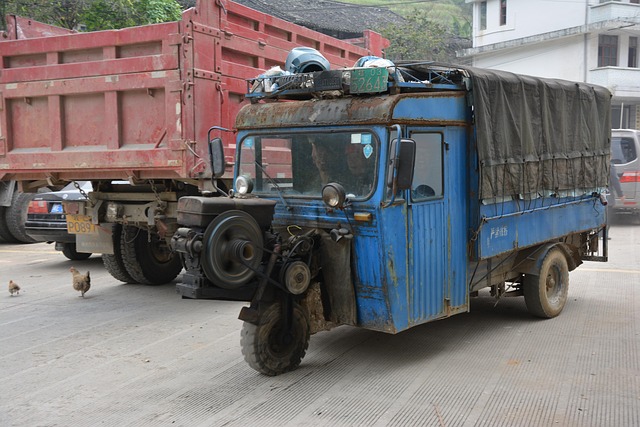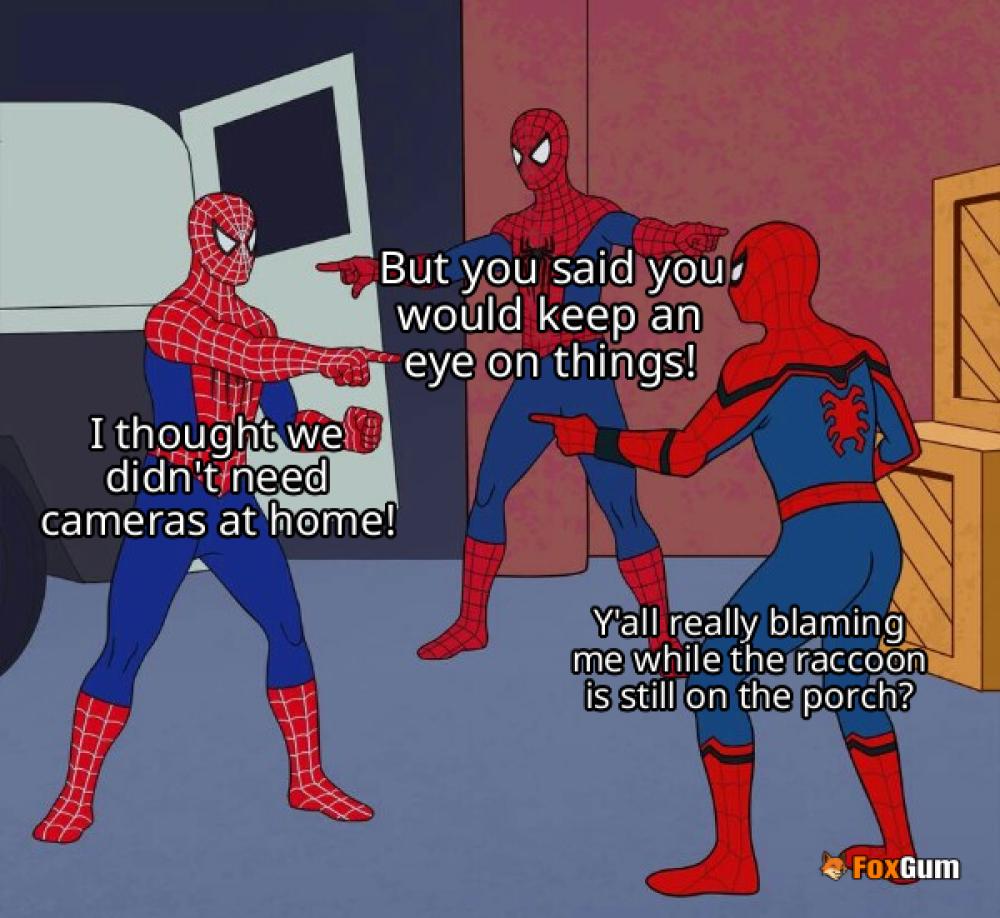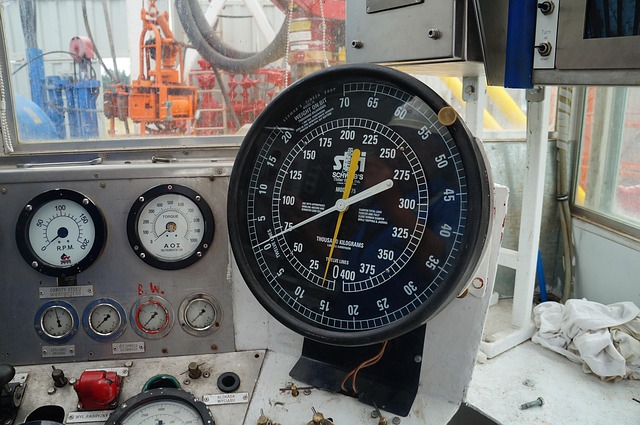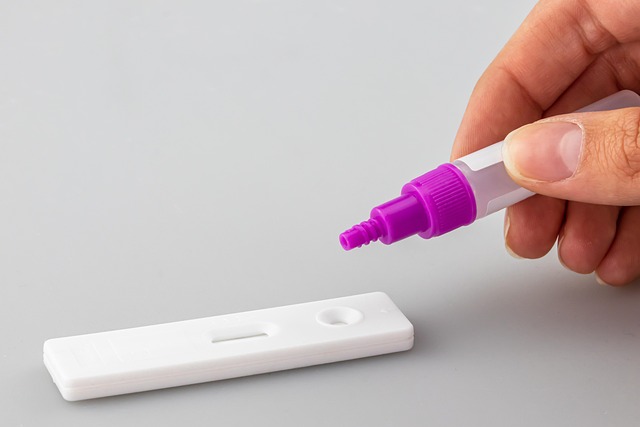
The Production Possibilities Frontier
The Production Possibilities Frontier (PPF) is a fundamental concept in economics that illustrates the trade-offs between two goods or services that an economy can produce given its finite resources. This graphical representation serves as a powerful tool for understanding the implications of resource allocation, efficiency, and opportunity costs in production.
Defining the Production Possibilities Frontier
The PPF is depicted as a curve on a graph, where each axis represents the quantity of one good or service. The curve itself illustrates the maximum potential output combinations of the two products, assuming that all resources are utilized efficiently. Points along the curve indicate efficient production levels, while points inside the curve represent inefficiencies, and points outside the curve are unattainable given current resources.
Opportunity Cost and Its Significance
One of the critical concepts associated with the PPF is opportunity cost, which refers to the value of the next best alternative that is forgone when choosing one option over another. For instance, if an economy decides to allocate more resources to the production of textbooks instead of computers, the opportunity cost is the number of computers that could have been produced with those resources. Understanding opportunity cost is essential for making informed decisions about resource allocation.
Shifts in the Production Possibilities Frontier
The PPF can shift due to various factors, including changes in resource availability, technological advancements, or changes in workforce productivity. An outward shift of the PPF indicates an increase in an economy's capacity to produce goods and services, often resulting from improved technology or an increase in resources. Conversely, an inward shift may occur due to natural disasters, depletion of resources, or economic downturns, reflecting a decrease in production capacity.
Applications of the Production Possibilities Frontier
The PPF is not merely an academic concept; it has practical applications in various fields, including policy-making, business strategy, and education. Economists use the PPF to analyze the efficiency of production processes and to inform decisions regarding resource allocation. Businesses can utilize the PPF to determine optimal production levels and to evaluate the trade-offs associated with different production strategies.
Visualizing the Production Possibilities Frontier
To better understand the PPF, consider a simple example involving two products: textbooks and computers. If an economy can produce a maximum of 100 textbooks or 50 computers, the PPF would illustrate the trade-offs between these two products. For instance, if the economy chooses to produce 80 textbooks, it may only be able to produce 20 computers. This scenario highlights the opportunity cost of prioritizing one product over another.
Conclusion
The Production Possibilities Frontier is a vital tool for understanding the complexities of economic production and resource allocation. By illustrating the trade-offs and opportunity costs involved in production decisions, the PPF provides valuable insights into the efficiency and potential of an economy. As economies evolve and resources change, the PPF remains a relevant framework for analyzing production capabilities and guiding strategic decisions.




















 What is a Manual Transmission?
What is a Manual Transmission? 
 Health
Health  Fitness
Fitness  Lifestyle
Lifestyle  Tech
Tech  Travel
Travel  Food
Food  Education
Education  Parenting
Parenting  Career & Work
Career & Work  Hobbies
Hobbies  Wellness
Wellness  Beauty
Beauty  Cars
Cars  Art
Art  Science
Science  Culture
Culture  Books
Books  Music
Music  Movies
Movies  Gaming
Gaming  Sports
Sports  Nature
Nature  Home & Garden
Home & Garden  Business & Finance
Business & Finance  Relationships
Relationships  Pets
Pets  Shopping
Shopping  Mindset & Inspiration
Mindset & Inspiration  Environment
Environment  Gadgets
Gadgets  Politics
Politics 